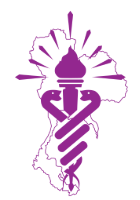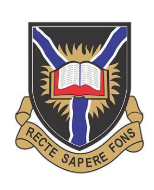Topic Area
COVID-19 Response
The boundaries and names shown and the designations used on this map do not imply official endorsement or acceptance by Exemplars in Global Health.
Worldwide, millions of people have died from COVID-19, and every country in the world has been affected. This pandemic has also triggered the worst global economic crisis since the Great Depression, exacerbated preexisting inequities, and set back progress on many other key health indicators. Learning from the COVID-19 pandemic will help countries prepare for future crises by strengthening health systems to be more resilient.
Quick Facts
- 84% of countries surveyed by the WHO from November 2022 to January 2023 reported continued interruptions to essential health services.
- As of June 30, 2023, the estimated excess mortality due to COVID-19 is approximately 24.4 million individuals globally.
- As of June 30, 2023, over 13 billion COVID-19 vaccine doses have been administered worldwide.
Our COVID-19 Response Research Partners
LEARN MORE
Additional Publications
- Supplement articles
- Cross-Country Synthesis
- Methods
- Uganda
- Ghana
- Thailand
- Sri Lanka
- Dominican Republic
- Costa Rica
- Multisectoral Commentary
Learn More
Explore COVID-19 Response

Ask an Expert
Our team and partners are available to answer questions that clarify our research, insights, methodology, and conclusions.












